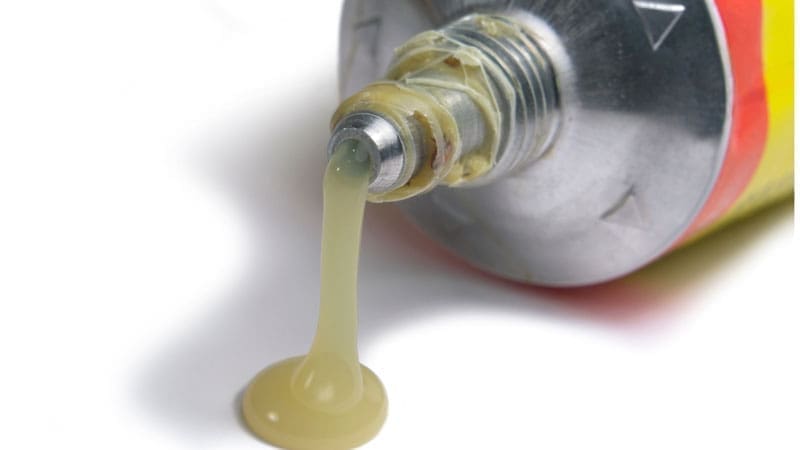Huffing is a method of inhaling fumes with the goal of experiencing euphoria. It differs from snorting in that the person involved does not inhale solid substances but only vapor or other fumes. It is also known as sniffing.
How Does Huffing Work?
What is huffing, how does it affect the brain, and why do people do it? While this term can describe many forms of inhaling addictive fumes, it traditionally refers to inhaling a substance through a piece of cloth. Huffing is only one of many ways that people abuse various substances.
Huffing differs from bagging, sniffing, and spraying in several ways. For example, someone may soak a rag in cleaning fluid, press the rag to their nose and mouth, and inhale deeply to experience a sense of euphoria. Something may also be put into the rag before doing this.
The terms sniffing and snorting are often used interchangeably, though they differ significantly. Bagging involves pouring an aromatic substance into a bag before putting your nose and mouth at the bag’s opening and inhaling deeply. This is often done with liquids but can also be done with powders and other solid substances.
If there is an aromatic substance in a container, such as paint thinner, sniffing involves inhaling the fumes from that container rather than putting it in a bag, cloth, or elsewhere. While snorting can refer to this, it may also reference the action of inhaling small grains of a substance through the nose. This is common with cocaine.
Huffing is one of the simplest ways for a person to abuse an inhalant substance, which is why it is one of the more popular methods of use. Spraying requires a person to spray a substance into their mouth or nose while taking a deep breath. This is sometimes done with spray paint or the fumes inside a whipped cream can.
How Does Huffing Affect the Brain?
Around 2.2 million people in the United States misused inhalants in 2021.[1] Young people often abuse inhalants because they are easily accessible and not illegal. Many common inhalants are household products like cleaning fluid, paint thinner, and spray paint. Young people see inhalants as a “fun” pastime, and few understand the risks.
Huffing is an instant way to feel euphoria. As soon as you breathe in enough fumes, those fumes will travel from your lungs into your blood and brain. These fumes affect how the brain produces certain neurotransmitters and hormones, such as dopamine and serotonin. A person will only experience euphoria once the fumes reach the brain and bind to specific receptors.
In a healthy brain, these hormones are balanced so that a person experiences pleasure from everyday things throughout the day, such as eating a nice meal. But this minor release of dopamine and serotonin is nothing compared to the neurological pleasure released through huffing.
This intense euphoria is followed by an equally intense burst of dysphoria, which causes a person to feel sick and depressed.
Huffing is especially dangerous for young adults and teenagers because their brains are still developing, and inhalants negatively impact the brain. The dysphoria is so intense that many people will return to huffing to continue experiencing euphoria. This euphoria is very short-lived and usually lasts less than a minute.
The Dangers of Inhalants

Using inhalants is strongly connected to destroying nerve fibers and developing neurological conditions similar to multiple sclerosis.[2] Most inhalants are very harsh chemicals that are not meant for human consumption. Only a few inhalants, such as nitrous oxide, are intended to be used by humans.
Inhaling certain solvents is particularly dangerous due to the neurological damage they can cause. The nerve fibers in your brain are surrounded by a protective layer known as a myelin sheath. These sheets protect the nerves from sustaining damage. When you inhale solvents like toluene, these sheets will slowly get destroyed until nothing is left.
This will keep your nerves from functioning properly, and it can lead to neurological conditions similar to multiple sclerosis. This can cause muscle weakness, trouble speaking, difficulty thinking, and incontinence. It may also cause numbness and tingling in the limbs and pain throughout the body. The use of inhalants is also closely related to cognitive decline and impairment.
One’s IQ may decrease significantly when chronically using inhalants. This neurodegeneration may also cause difficulty thinking, remembering information, and coordinating movements. Once inhalant-related brain damage sets in, it is often permanent. Early-onset dementia is another problem that might affect young people who use these substances.
Long-term Inhalant Risks
After using inhalants for months or years, your internal organs will suffer. The heart, kidneys, lungs, and liver are all vulnerable to inhalants. Many of these organs may start to fail once they’ve had enough. In some cases, these organs can recover if inhalants are stopped immediately. But in other cases, it may be too late.
There is also the risk of sudden sniffing death.[3] This is when huffing an inhalant does not result in euphoria but kills the person immediately. This can happen in one of two ways. The first is that the inhalant causes the person’s heart to beat so fast that they have a heart attack and die on the spot. The second is that the inhalant lowers the person’s oxygen levels so much that the person stops breathing.
Hypoxia is the state in which a person is left without oxygen. The longer a person is hypoxic, the more damage to the brain they will sustain. If a person survives this state, they will likely be left with permanent brain damage. But death is more likely in the case of sudden sniffing death syndrome.
Understand the Dangers of Huffing
Huffing is inhaling certain substances, often through a piece of cloth. Inhaling any fumes like this, especially highly chemical ones, can permanently damage the brain and body. It is also dangerous to misuse substances in other ways, whether by smoking, snorting, or injecting.













